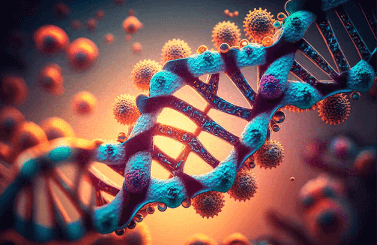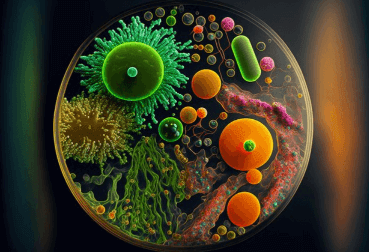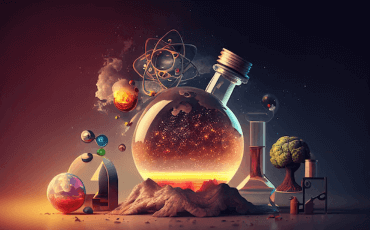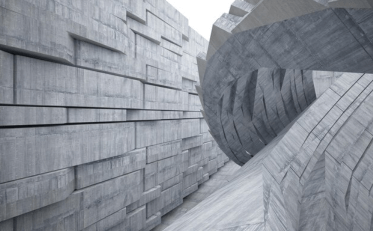Question
a.
a highly exothermic reaction is to be controlled.
b.
undersirable side reaction (at high concentration of one of the reactants) is to be avoided.
c.
a gas is to be reacted with liquid (e.g. hydrogenation of fat).
d.
all (a), (b), and (c).
Posted under Basic Chemical Engineering
Interact with the Community - Share Your Thoughts
Uncertain About the Answer? Seek Clarification Here.
Understand the Explanation? Include it Here.
Q. Semibatch reactor is preferred, when a/an
Similar Questions
Explore Relevant Multiple Choice Questions (MCQs)
Q. Exposure of a photographic plate to produce a latent image is an example of __________ reaction.
View solution
Q. For identical flow rate, feed composition and for elementary first order reactions, 'N' equal sized mixed reactors in series with a total volume 'V' gives the same conversion as a single plug flow reactor of volume 'V' for constant density systems. This is true, when the value of 'N' is
View solution
Q. Helium-mercury method is used for the measurement of the __________ of the catalyst.
View solution
Q. What is the order of a chemical reaction whose rate is deter-mined by the variation of one concentration term only ?
View solution
Q. Pick out the wrong statement.
View solution
Q. Arrhenious equation represents graphically the variation between the __________ and temperature.
View solution
Q. __________ catalytic reaction is involved in the thermal cracking of gas oil.
View solution
Q. Variables affecting the rate of homogeneous reactions are
View solution
Q. A chemical reaction occurs when the energy of the reacting molecules is __________ the activation energy of the reaction.
View solution
Q. A catalyst inhibitor
View solution
Q. In chamber process of sulphuric acid manufacture in industry, the gas phase oxidation of SO₂ to SO₃ is accomplished by a __________ reaction.
View solution
Q. If the rate of a chemical reaction becomes slower at a given temperature, then the
View solution
Q. The conversion Xᴀ and residence time data are collected for zero order liquid phase reaction in a stirred tank reactor. Which of the following will be a straight line ?
View solution
Q. The rate of the reaction, X → Y, quadruples when the concentration of 'X' is doubled. The rate expression for the reaction is, r = K Cₓⁿ, the value of 'n' in this case will be
View solution
Q. The rate at which a chemical substance reacts is proportional to its
View solution
Q. A plug-flow reactor is characterised by
View solution
Q. For a tubular reactor with space time 'τ' and residence time 'θ', the following statement holds good.
View solution
Q. Space velocity
View solution
Q. The rate of the chemical reaction A → B doubles as the concentration of A i.e.., Cᴀ is doubled. If rate of reaction is proportional to Cᴀⁿ, then what is the value of n for this reaction ?
View solution
Q. A reaction which is catalysed by a base is catalysed by all substances which have a tendency to
View solution
Recommended Subjects
Are you eager to expand your knowledge beyond Basic Chemical Engineering? We've handpicked a range of related categories that you might find intriguing.
Click on the categories below to discover a wealth of MCQs and enrich your understanding of various subjects. Happy exploring!








